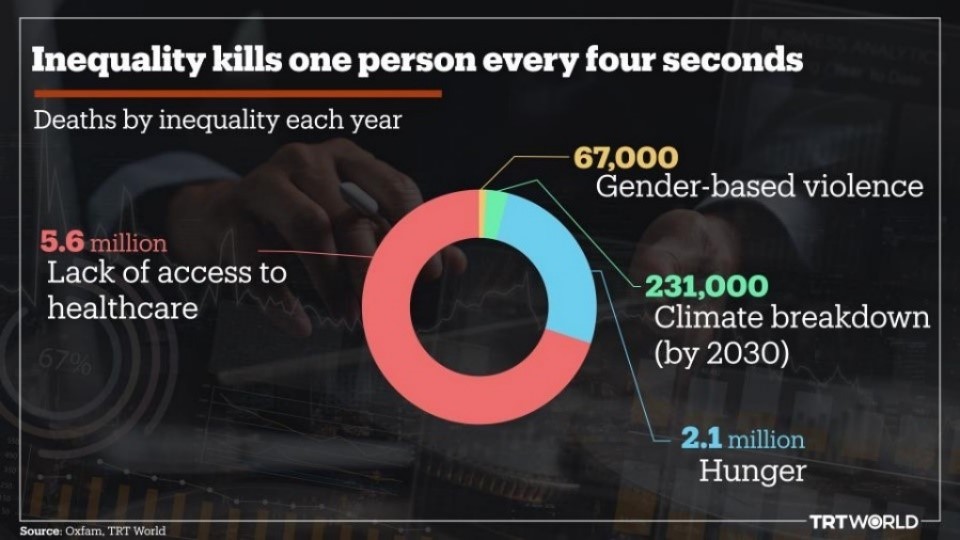



PERSPECTIVE: INEQUALITY IN INDIA - 19 MAY, 2022
IN NEWS:
Key Points of the Report
Inequality in India: A general analysis

Copyright infringement not intended
Reasons behind Poverty in India
Way Ahead
https://sansadtv.nic.in/episode/perspective-inequality-in-india-19-may-2022
© 2025 iasgyan. All right reserved